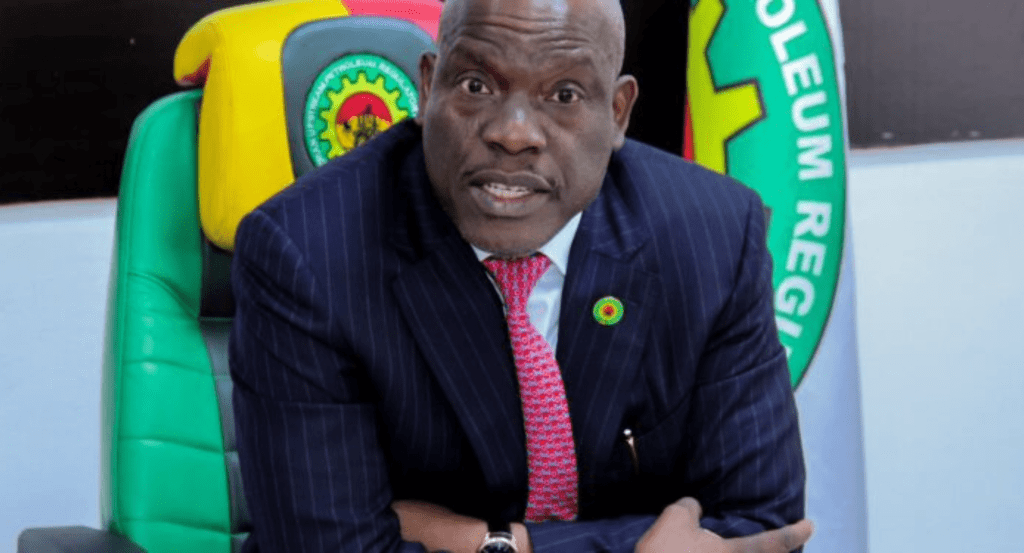Nigeria’s oil and gas industry is set for a significant boost as the Nigerian Upstream Petroleum Regulatory Commission (NUPRC) has announced that the country’s rig count is expected to reach 50 by the end of 2025. This development is seen as a major step toward revitalizing the nation’s petroleum sector, increasing oil production, and attracting fresh investments.
Speaking at a recent industry forum, Gbenga Komolafe, Chief Executive of NUPRC, disclosed that the rig count has already increased from a low of 11 in 2021 to 34 in early 2025, reflecting renewed investor confidence in Nigeria’s upstream sector.
Increased Rig Count to Drive Oil Production
The anticipated rise in rig activity is expected to boost Nigeria’s oil production capacity, which currently stands at 2.24 million barrels per day (mbpd). However, actual production remains below this capacity due to operational challenges, crude theft, and pipeline vandalism.
Komolafe noted that the upward trend in rig deployment is a result of improved regulatory frameworks under the Petroleum Industry Act (PIA) and government efforts to attract investments. “We are witnessing increased exploration and drilling activities, which will further strengthen Nigeria’s position in the global oil market,” he added.
Gas Flare Commercialization to Unlock $2.5 Billion Investment
In addition to oil production growth, the NUPRC chief revealed that Nigeria’s Gas Flare Commercialization Programme (NGFCP) has the potential to unlock $2.5 billion in investments. The initiative aims to reduce gas flaring and harness Nigeria’s vast natural gas resources for domestic and industrial use.
“Gas flaring has been a long-standing environmental and economic challenge. With the NGFCP, we are not only addressing climate concerns but also creating a market for investors interested in gas utilization projects,” Komolafe stated.
The program is expected to generate employment, enhance energy security, and support Nigeria’s transition toward cleaner energy sources. Investors are showing keen interest, with several contracts already signed to capture and process flared gas for commercial use.
Challenges and Opportunities in the Oil Sector
Despite these positive developments, Nigeria’s oil sector still faces hurdles, including insecurity in the Niger Delta, oil theft, and the need for further infrastructure investments. However, industry experts believe that government reforms, private sector participation, and improved security measures will help sustain growth in the sector.
Energy analyst David Olatunji noted that a higher rig count indicates increased exploration and production activities, which could lead to more oil revenue for the government. “If Nigeria maintains a stable investment climate and addresses operational challenges, we could see production levels rise significantly by the end of the year,” he said.
The projected increase in Nigeria’s rig count to 50 by the end of 2025 signals a positive shift in the country’s upstream oil and gas industry. Coupled with the Gas Flare Commercialization Programme, these developments are expected to strengthen Nigeria’s position as a key energy player, attract billions in investments, and enhance national revenue.
While challenges remain, the rising rig count and policy-driven initiatives provide a strong foundation for sustained growth in the country’s oil and gas sector. If successfully implemented, these efforts could usher in a new era of energy stability and economic prosperity for Nigeria.























